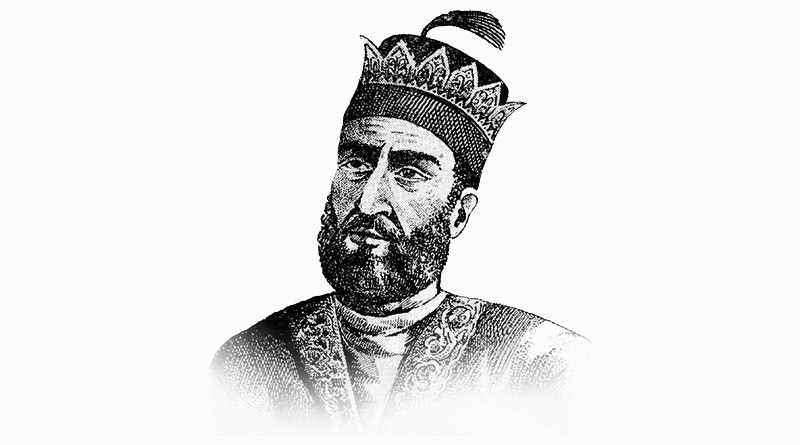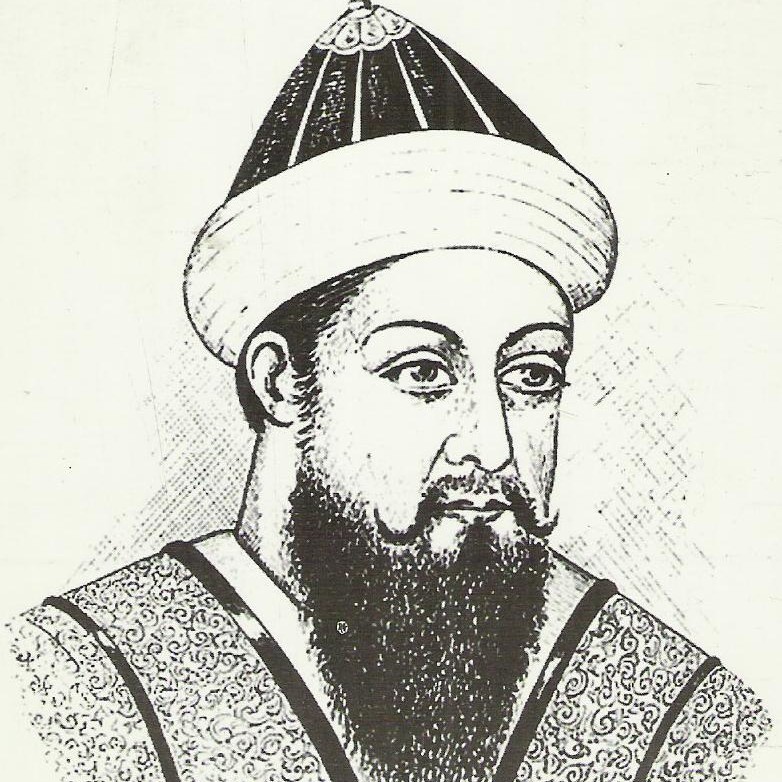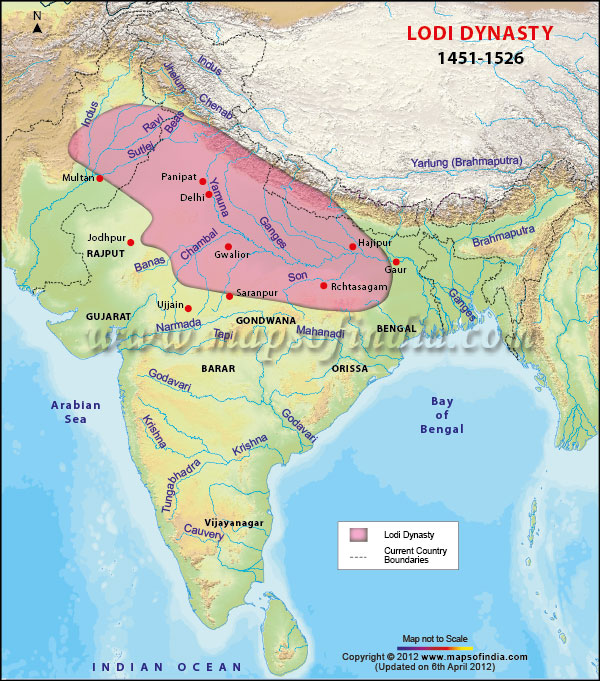The Lodhi Dynasty under the Delhi Sultanate was the first Afghan Pashtun Dynasty in India who ruled from AD 1451 to 1526. This dynasty replaced the Sayyid Dynasty and it was a period of reforms in administration, strengthening the army, gearing up the machinery of land revenue administration, expansion, and improvement of the cultivation and welfare of the people. Here, we are giving a complete overview of the Lodhi Dynasty of Delhi Sultanate.
Bahlol Lodhi (AD 1451-1489)

He was the founder of the Lodhi dynasty. During the reign of Muhammad Shah, he served as the Subedar (Governor) of Lahore and Sirhind. He tried to restore the greatness of the Delhi sultanate, hence conquered territories surrounding Delhi. The most successful war was against Mahmud Shah Sharqi of Jaunpur. Territories conquered by Bahlol Lodhi.
Mewat (Ahmad Khan), Sambhal (Dariya Khan), Koll (lsa Khan), Suket (Mubarak Khan), Manipur, and Bhongaon (Raja Pratap Singh), Rewari (Qutb Khan), Etawah and Chandwar. He was succeeded by his able son Nizam Shah under the title of Sultan Sikandar Shah in AD 1489.
Sikandar Lodhi (AD 1489-1517)

He was the ablest of the three Lodhi rulers. He conquered Bihar and Raja of Tirhut and concluded a friendship treaty with the Alauddin Hussain Shah of Bengal. Dariya Khan was appointed as the Governor of Bengal. Sikandar extended his empire by conquering Dholpur, Chanderi, etc. He kept strict vigilance on his nobles and Jagirdars whom he strictly suppressed. He set up an efficient espionage system and introduced the system of auditing the accounts.
He relaxed restrictions on trade, which greatly promoted the economic prosperity of the people. He introduced “Gaz-i-Sikandar” (Sikandar’s yard) of 39 digits or 32 inches, for the measurement of agricultural land. He transferred his capital from Delhi to Agra, a city that was founded by him. The village of Sikandara, near Agra, where the tomb of Akbar stands, was named after Sikandar. He was staunch Sunni and a Muslim fanatic. He lacked religious tolerance and levied Jaziya and Pilgrim’s tax on Hindus. He was a liberal patron of arts and letters. He wrote verses in Persian under the pen name of Gulrukhi.
Ibrahim Lodhi (AD 1517-1526)

Sikandar Shah was succeeded simultaneously by his two sons Ibrahim on the throne of Agra and Jalal on the throne of Jaunpur. Later, Ibrahim killed Jalal and succeeded his father. There were many revolts during his reign; Bihar declared its independence under Dariya Khan Lohani. His repressive policy towards the Lohani, Formuli, and Lodhi tribes and his unsympathetic treatment of Dilawar Khan, the governor of Lahore, turned the nobles against him. Battle of Panipat, AD 1526. Daulat Khan Lodhi (father of Dilawar Khan) and Alam Khan invited Babu, the Timurid ruler of Kabul, to invade India.
In the first battle of Panipat (AD 1526), Babur defeated Ibrahim and killed him. He became the master of Delhi and Agra. This puts an end to the Sultanate and the rise of the Mughal dynasty in India.
BABUR’S INVASION
Babur started for Lahore, Punjab, in 1524 but found that Daulat Khan Lodhi had been driven out by forces sent by Ibrahim Lodhi. When Babur arrived at Lahore, the Lodhi army marched out and was routed. Babur burned Lahore for two days, then marched to Dipalpur, placing Alam Khan, another rebel uncle of Lodhi’s, as governor. Thereafter he returned to Kabul to gather reinforcements. Alam Khan was quickly overthrown and fled to Kabul.
In response, Babur supplied Alam Khan with troops who later joined up with Daulat Khan, and together with about 30,000 troops; they besieged Ibrahim Lodhi at Delhi. He defeated them and drove off Alam’s army, Babur realized Lodhi would not allow him to occupy Punjab. Meanwhile, Alam also demanded Babur assigns Delhi to him after its capture, which was not acceptable to Babur. In 1525 November, Babur set out in force to seize the empire he sought. Crossing the Indus a census of the army revealed his core fighting force numbering 12,000.
First Battle of Panipat

This number would grow as it joined his garrison in Punjab and some local allies or mercenaries to around 20,000 at Panipat. Entering Sialkot unopposed he moved on to Ambala. His intelligence alerted him that Hamid Khan was about to reinforce Lodi’s force with a contingent, he sent his son Humayun to defeat his detachment at Hisar Firoza. From Ambala, the army moved south to Shahabad, then east to reach the River Jumna opposite Sarsawa.
At the same time Ibrahim Lodhi, Sultan of Delhi, had gathered his army and was advancing slowly north from Delhi, eventually camping somewhere close to Panipat. Late in March 1526, Ibrahim decided to send a small force across the Yamuna into the Doab (the area between the Yamuna and the Ganges). Babur learned of this when he was two days south of Sarsawa, and decided to send a raiding force across the river to attack this detachment.
His right-wing had won the victory on 26 February, and so this time he detached his left-wing, once again reinforced with part of the center, so the two armies may have been about the same size. Babur’s men crossed the Jumna at midday on 1 April and advanced south during the afternoon. At day-break, on 2 April Babur’s men reached the enemy camp. Daud Khan and Hatim Khan would appear to have been caught by surprise and attacked before they could form their men up into a proper line.
Babur’s men quickly broke their resistance and chased Ibrahim’s men until they were opposite Ibrahim’s main camp. Hatim Khan was one of 60–70 prisoners captured, along with 6 or 7 elephants. Just as after the battle on 26 February most of the prisoners were executed, again to send a warning to Ibrahim’s men.
After this victory Babur continued to advance south, reaching Panipat on 12 April. Here Babur received news of the apparent huge size of Lodhi’s army and began to take defensive measures. He was confident in his troops, the core of which were battle-hardened veterans, loyal friends to him through thick and thin. He also enjoyed a solid rapport with his men and treated them on an equal footing. Any could dine at his table.
Ibrahim Lodhi however was facing dissension in ranks. He even had to resort to distributing riches to encourage his troops and promised more. Personally brave, Ibrahim was an inexperienced commander and quite vain which upset some of the Afghan nobility. For eight days both armies stood facing each other without making a decisive move. Finally, Babur in an attempt to goad Lodi into attacking him ordered a night raid by 5000 picked horsemen. However the attack faltered badly, and the Mughals narrowly escaped. Elated by his success, Lodhi now advanced to meet Babur’s forces on the fields of Panipat.

